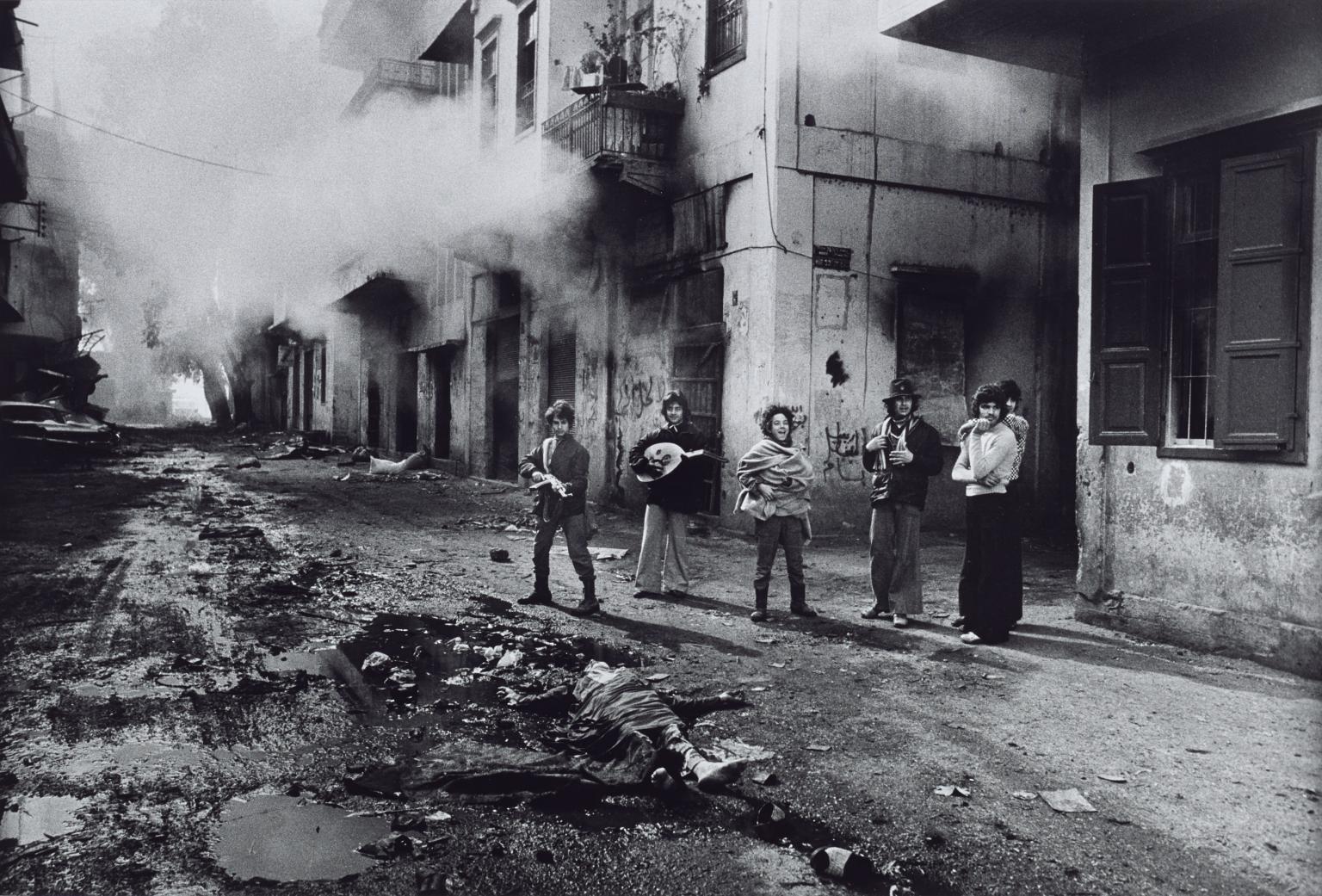
As the mob of rioters barged through the Capitol building on January 6th 2021, they must have passed through the halls marked by earlier tumults. It seemed unimaginable in the post-9/11 world of the ever vigilant security state, but the Capitol was bombed three times (in 1914, 1971, and 1983, perpetrated to protest against the US involvement in WWI, Laos, and Grenada respectively), and the members of the Congress frequently accosted by violent constituents (a schizophrenic showed up at Ted Kennedy’s senate office wielding a knife as the senator readied for his presidential campaign).
And then there was the photo above, which looked down upon the Jan 6th mob from the Republican and Democratic cloakrooms. It marked a moment in March 1954 when three young House Pages carried out a wounded member of Congress down the steps of the Capitol in the aftermath of a shooting by Puerto Rico secessionists. Earlier, unfurling a Puerto Rican flag and shouting Viva Puerto Rico libre!, four of them had fired 30 rounds from semi-automatic pistols onto the House floor from the visitors’ balcony, wounding five Representatives, one seriously.
(More details about the attack here)
Three teenage pages — Bill Goodwin, Bill Emerson, and Paul Kanjorski – carried out the injured Representatives on stretchers into a crowd of reporters gathering outside. Emerson pointed at the photographers and yelled “No photos!” even as the photo above was snapped. The photo was soon on the newspaper front pages all over the country and LIFE magazine called it the “Photo of the Year.”
All five wounded representatives eventually recovered. The secessionists were arrested, got lengthy prison sentences, and were eventually pardoned by President Cartier two decades later. Emerson and Kanjorski returned to the Congress as representatives, the former, Republican from Missouri and the latter, Democrat of Pennsylvania. As for official Washington, its record of poor security measures lingered on: a little more than two years later, in April 1956, Ms Julia Chase of Hagerstown, Maryland (who was later described as ‘disheveled, vague, and not so lucid’) slipped out of a White House public tour and wandered around the Executive Mansion for over two hours, starting fires: five in total, including one in the Red Room, while President Eisenhower worked in his office 250 feet away.
.
If you like what I do and what I write, or simply wants me to write more, you can support me via Patreon. I had tremendous fun researching and writing Iconic Photos, and the Patreon is a way for this blog to be self-sustaining. Proceeds mainly go to buying photography reference books. Readers who subscribe on Patreon might have access to a few blog posts early; chance to request topics or to participate in some polls.
Even if Patreon isn’t your thing, you can support by re-sharing, or tweeting about the blog or the specific posts on here. Thanks for your continued support! Here is the link:


















